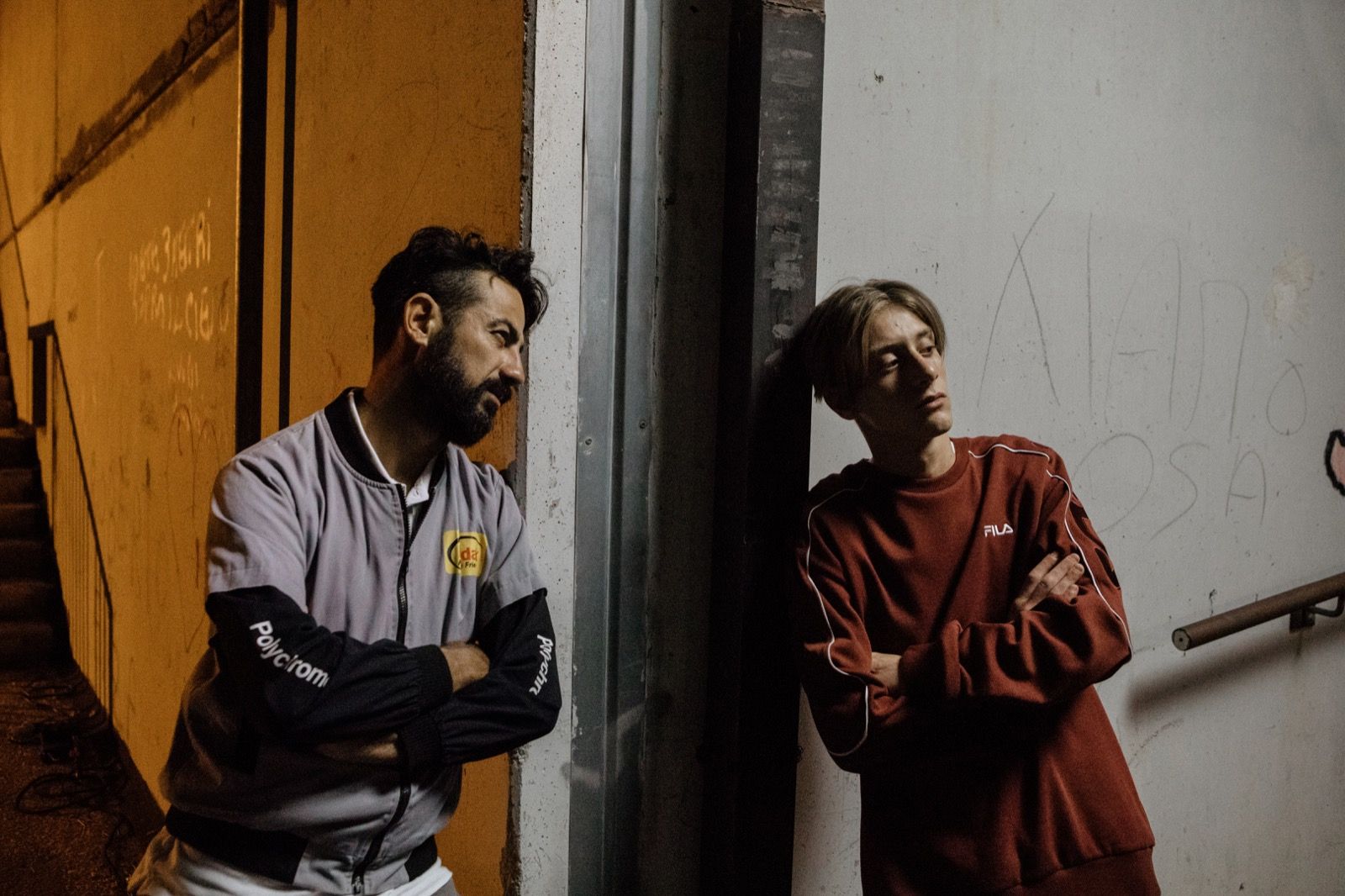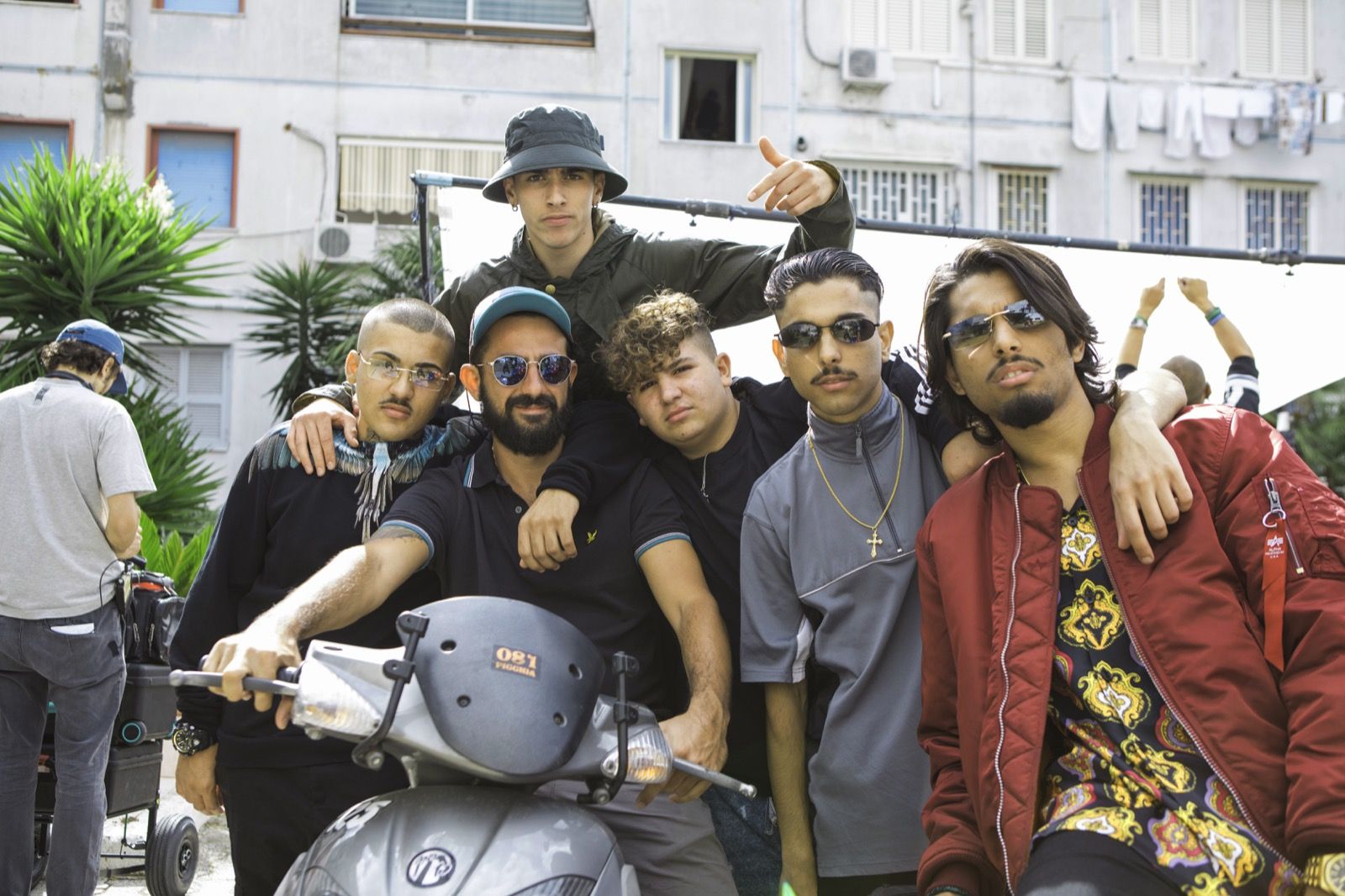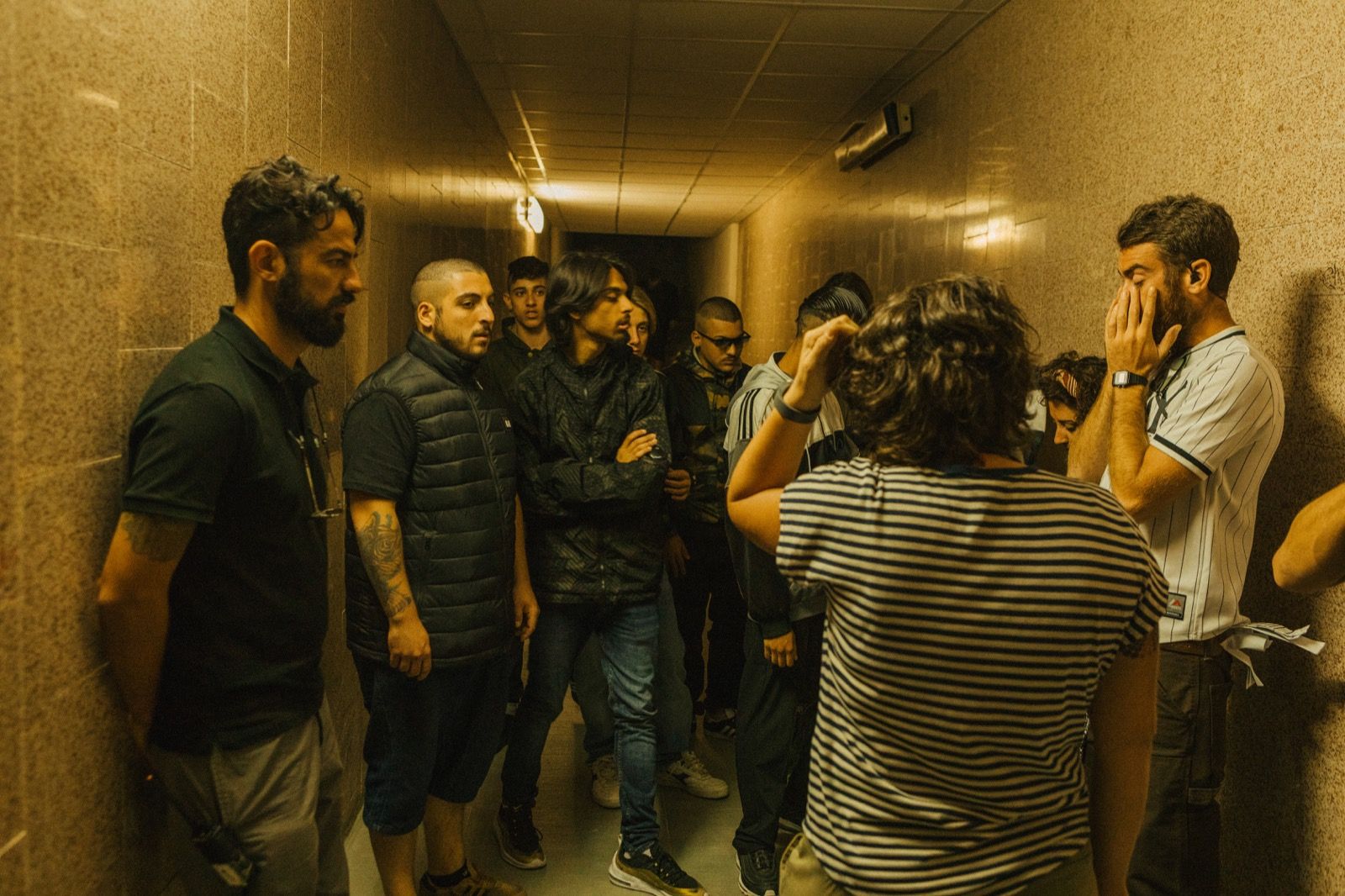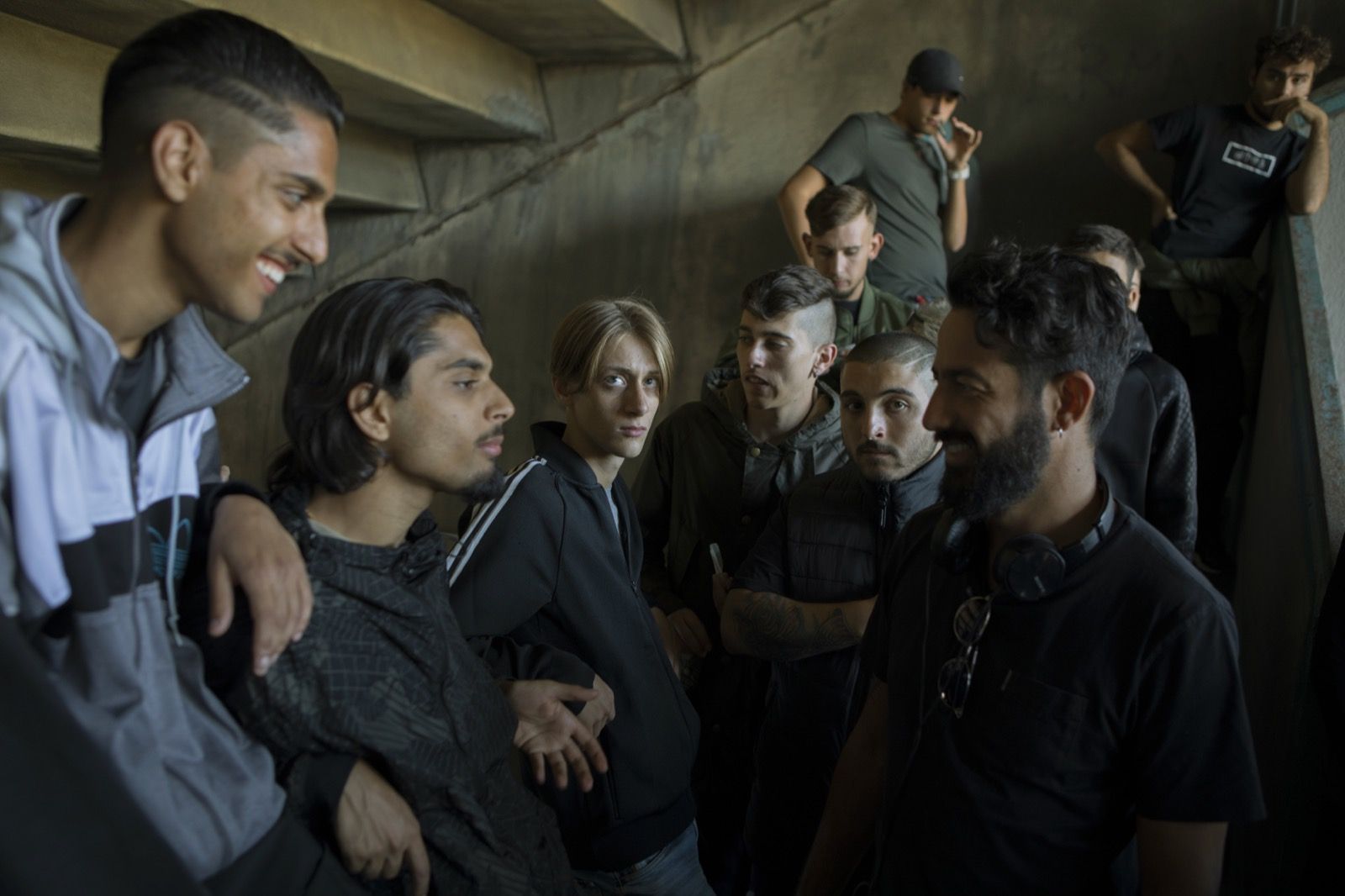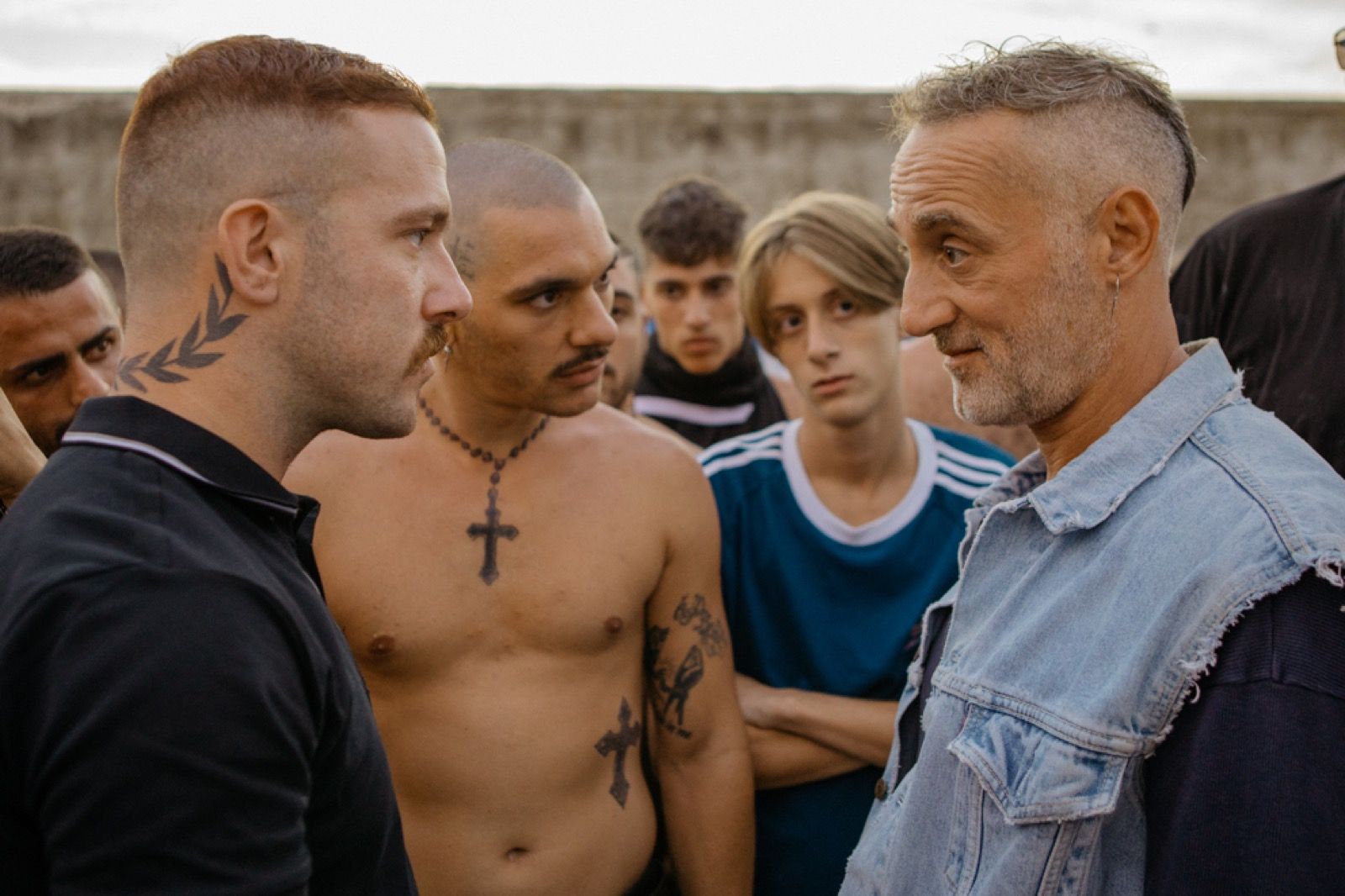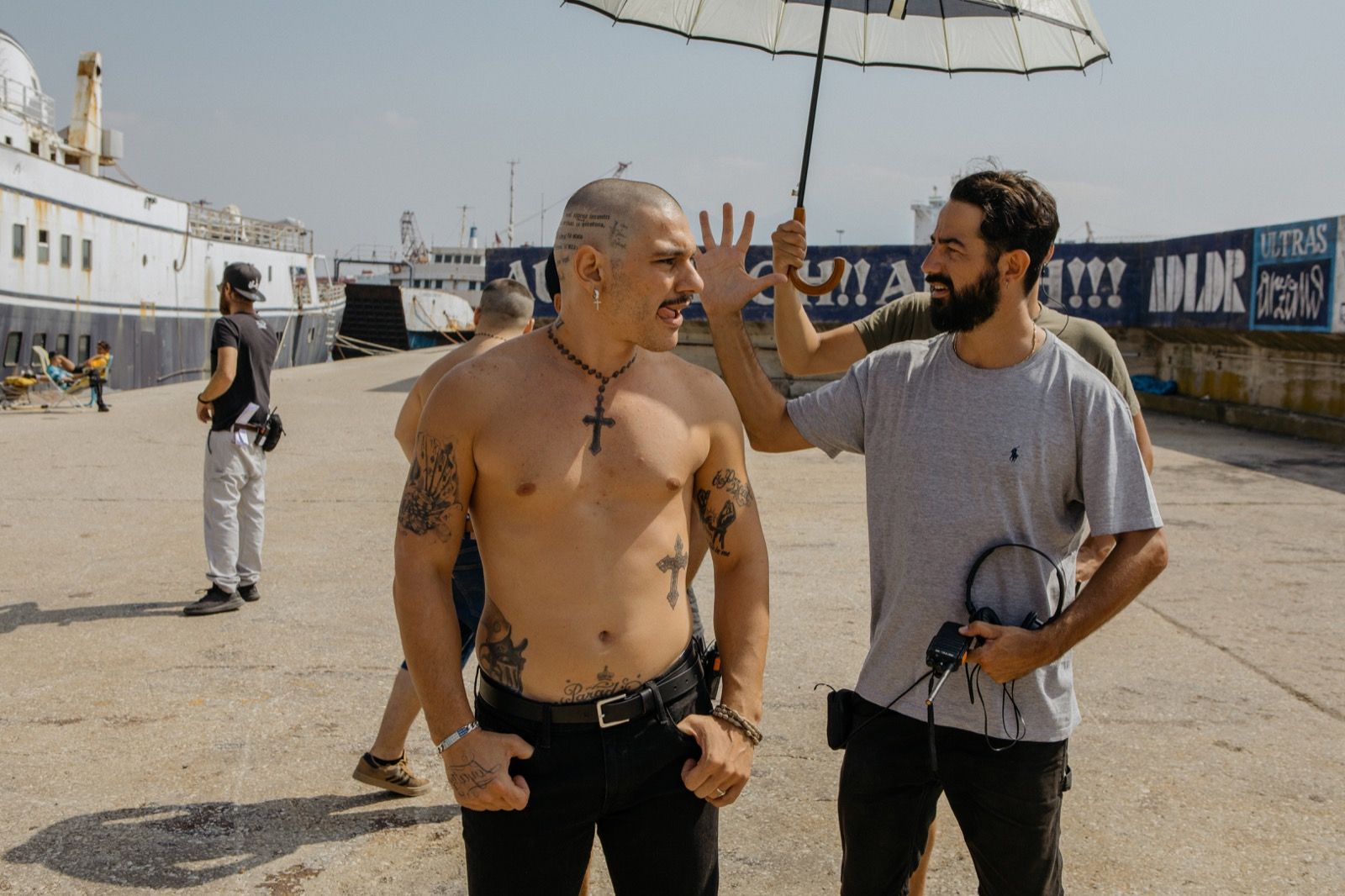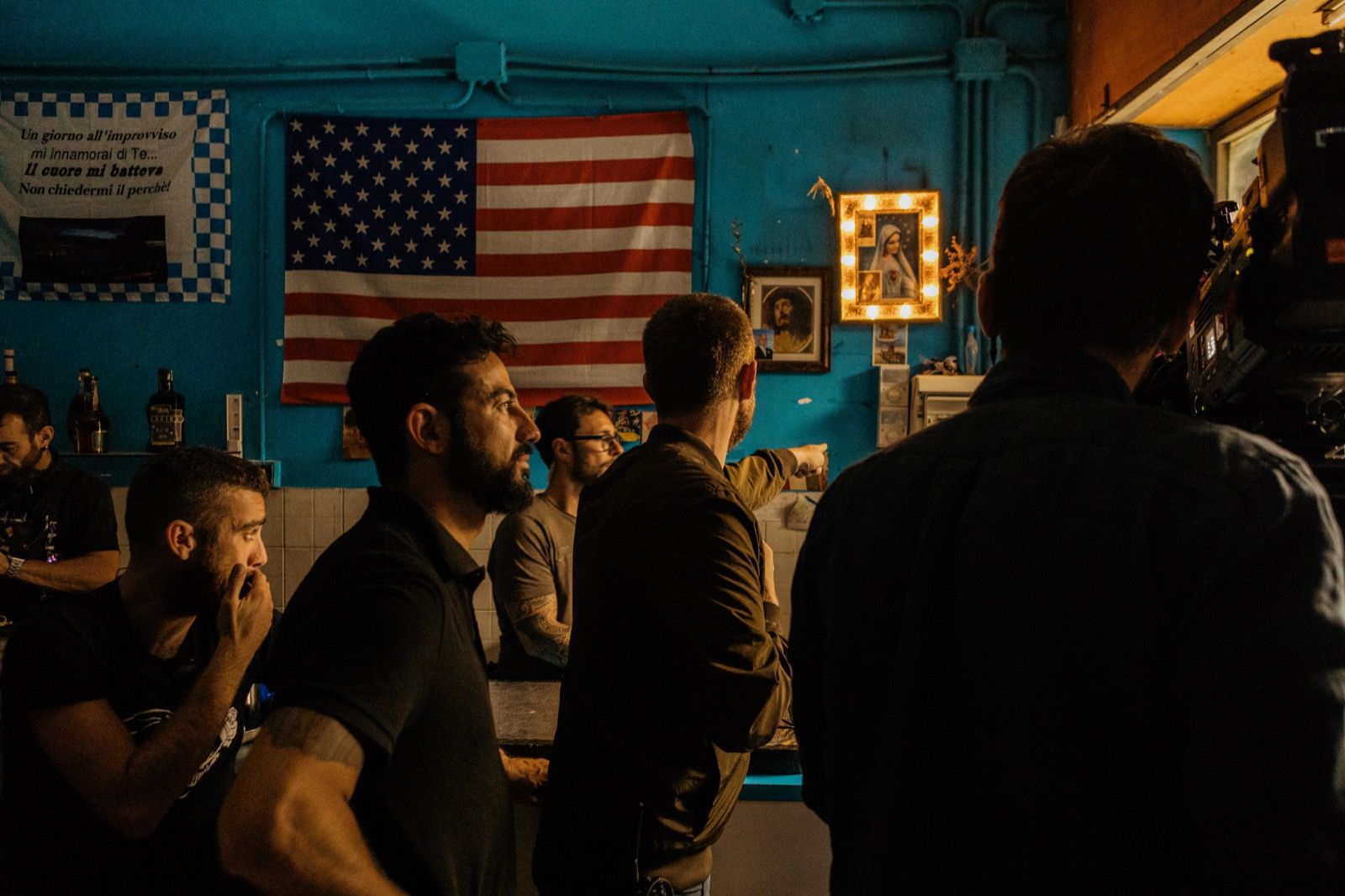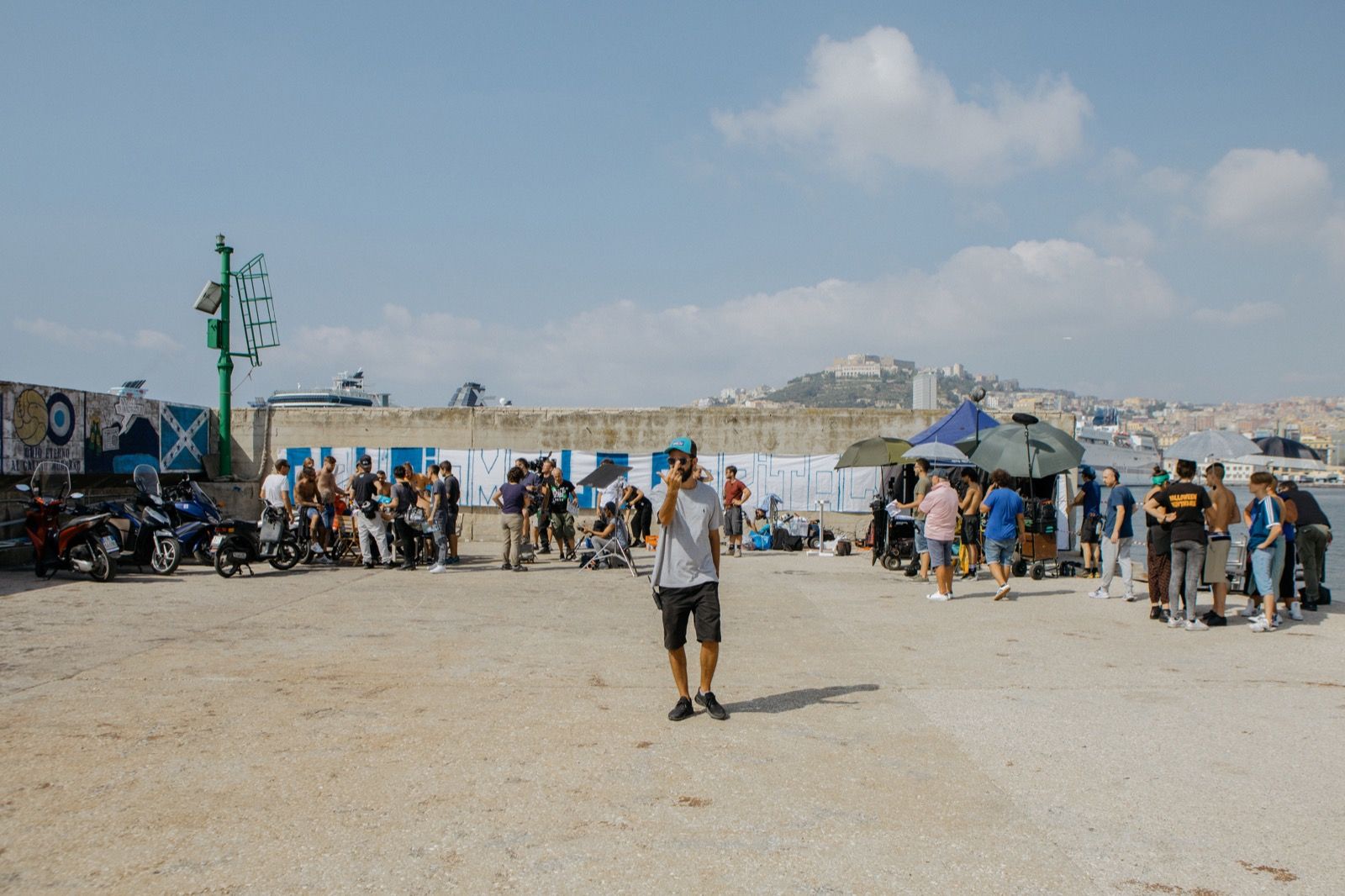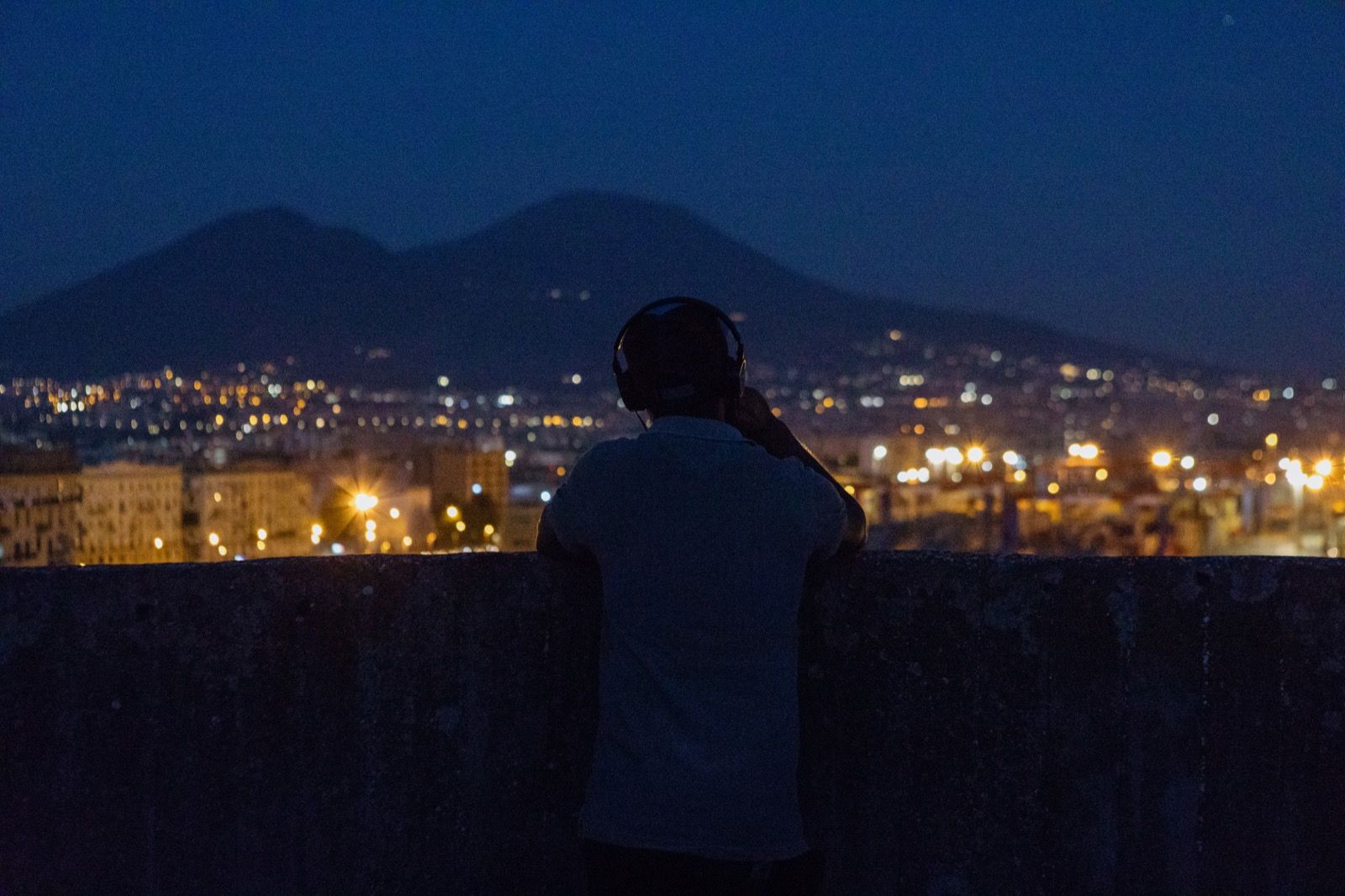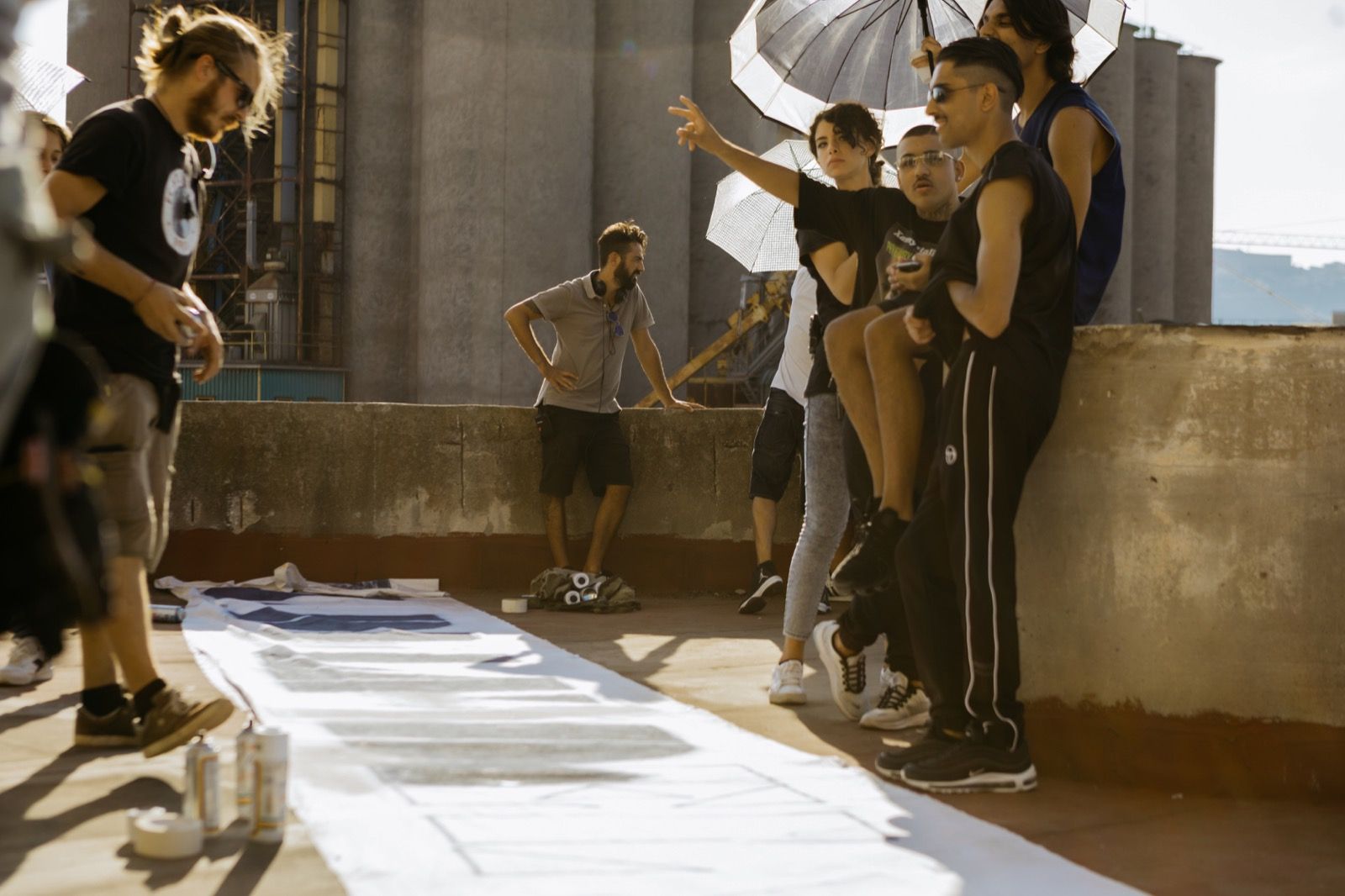
The contemporary realism of "Ultras" Francesco Lettieri's first film available today on Netflix
Francesco Lettieri's directorial debut - available today on Netflix - starts with a challenge: to tell the last of Italian subcultures, which is now on the road to extinction. Telling aboyt the rituals, rules and personalities that make up the world of the ultras is a complex task. Firstly because the ultras themselves are not interested in telling it, and then because public opinion has often associated the idea of an ultras a very clear description: the ultras is a violent, a criminal, an individual without values. Soccer, moreover, is historically a very complex topic to deal with in cinema, and excellent results are really rare.
In Ultras, however, soccer is made up of choirs, scarves and matches on the radio (in the whole film there is only one scene in which football is played, and in an amateur way) and the ultras are depicted both in the moments of stadium violence and in their - often dingy - everyday life. The world of organized cheering becomes the context for a tale of contemporary realism that couldn't exist without Naples (the birthplace of Lettieri), which in the movie is of ocurse a place, but above all is a cultural and linguistic reality.
The plot of Ultras, written by Lettieri himself together with Peppe Fiore, revolves around the generational clash in a group of Napoli fans, the Apaches, during the last weeks of a Serie A championship that Napoli is likely to win. Sandro - called 'O Moicano (Aniello Arena) - is the historic leader of the group who along with the other ultras of the first hour (Barabba, 'O Mericano and MacIntosh) has spent his whole life at the stadium earning respect, admiration and even a DASPO, which physically and emotionally drives him away from the stadium. Sandro feels the need for a normal life for the first time, meets Terry (Antonia Troop) and feels that that life is within reach for the first time. The young people - 'O Pechegno and 'O Gabbiano (Simone Borrelli and Daniele Vicorito) - are clawing to dictate the rules and kick away the old leaders within the group, they want to make the clashes and participate in the long-awaited trip to Rome. The two generations collide, drawing in the crossfire also the group of friends of Angelo (Ciro Nacca), who is sixteen years old and considers Sandro his guide, who took the place of his brother Sasà, who died years earlier during the clashes of a trip.
Ultras is a debut film with some limitations of the case, but the end result remains remarkable. It's a film with the ambition to tackle a complex and unexplored theme like that of organized cheering and it does so by keeping a distance, without slipping into easy stereotypes and without even mythologizing violence and evil. Ultras does not suggest illustrious predecessors like Green Street, it's a different film linked to a new and original aesthetic that perhaps with the passage of time will make it a cult of the present day.










































